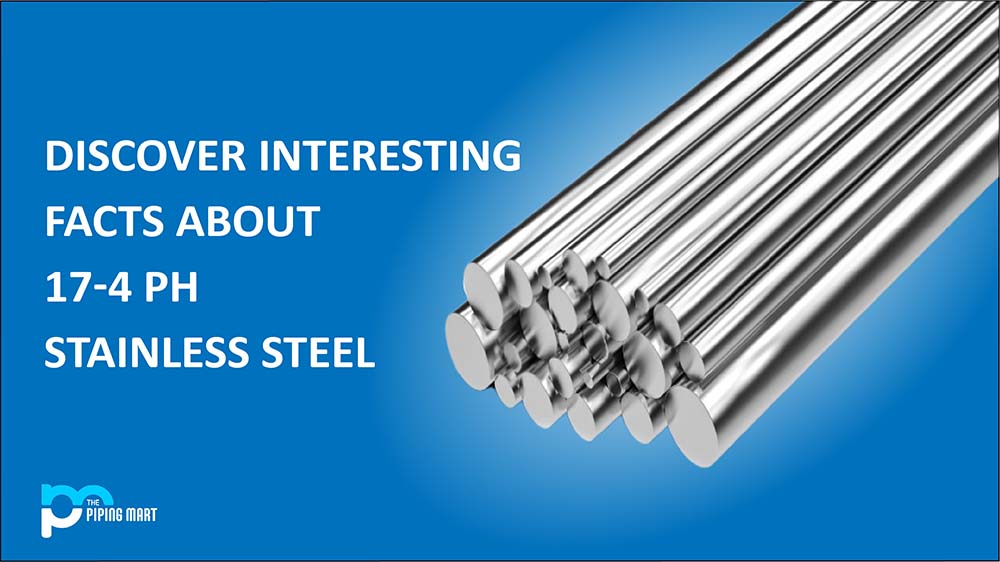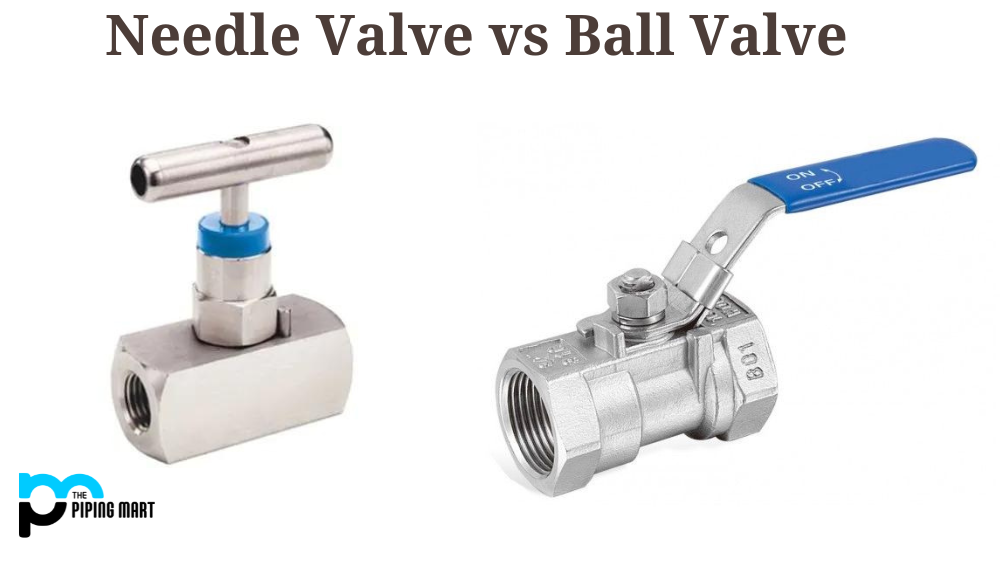Reed valves are commonly used in engines, particularly in 2-stroke engines. Reed valves are essential components whose primary function is to ensure air and fuel flow to an engine’s combustion chamber. They come in different forms, but the most commonly used models are the V-shaped and traditional U-shaped reed valves. Reed valves offer some advantages in engine performance, but as with anything, they also have disadvantages. This blog post will discuss the advantages and disadvantages of using a reed valve in an engine to help you decide whether it is right for your engine.
What is Reed Valve?
Reed valve is a check valve consisting of flexible metal blades that open and close according to pressure. It opens in response to intake suction or vacuum, allowing air or gas into the combustion chamber. The reed then closes due to the compression of the air pressure inside the cylinder, preventing any back flow of exhaust gases. This helps maintain efficient engine performance and prevents dirt from entering into the engine’s intake system.
Advantages of Reed Valve
Improved Airflow
The primary advantage of using a reed valve is the increase in airflow. Reed valves are designed to allow maximum airflow into a combustion chamber during an engine’s intake phase, which provides more power and improves engine performance.
Increased Power
Reed valves help increase power by improving engine efficiency. By having a better airflow, the engine can burn fuel more efficiently, resulting in a stronger engine and increased power.
Lightweight design
Reed valves are lightweight, which makes them more efficient and ideal for high-performance engines. They create less drag in the engine, meaning there is less turbulence during air intake, and the engine can operate more efficiently.
Disadvantages of Reed Valve
High-Maintenance
One major disadvantage of using a reed valve is that it can require high maintenance. The reeds can become damaged or worn quickly, so the valve must be replaced regularly. Also, if they are not maintained correctly, contaminants such as dirt, dust, and debris can become stuck within the reeds, which could cause air leakage and reduce engine performance.
Limited Compatibility
Reed valves may not be compatible with all engines, particularly four-stroke engines. Engines with an irregularly shaped intake can have trouble with reed valves designed with specific shapes and sizes.
Expensive Repairs
Reed valves can be costly to repair if they suffer any damage or wear out. If a reed valve is damaged, it usually needs replacing, which can be expensive.
Conclusion:
Reed valves are integral components in an engine, and they can make a significant difference in engine performance. They provide improved airflow, increase engine power, and are lightweight. However, as with anything, reed valves also have their disadvantages. Maintaining them can be difficult; they may only be compatible with some engines, and repairing them can be expensive. Before deciding whether to use a reed valve, weighing up the pros and cons based on your engine requirements is important. Overall, the benefits far outweigh the disadvantages, but it’s always best to consult an expert before making significant changes to your engine.

Abhishek is a seasoned blogger and industry expert, sharing his insights and knowledge on various topics. With his research, Abhishek offers valuable insights and tips for professionals and enthusiasts. Follow him for expert advice on the latest trends and developments in the metal industry.




